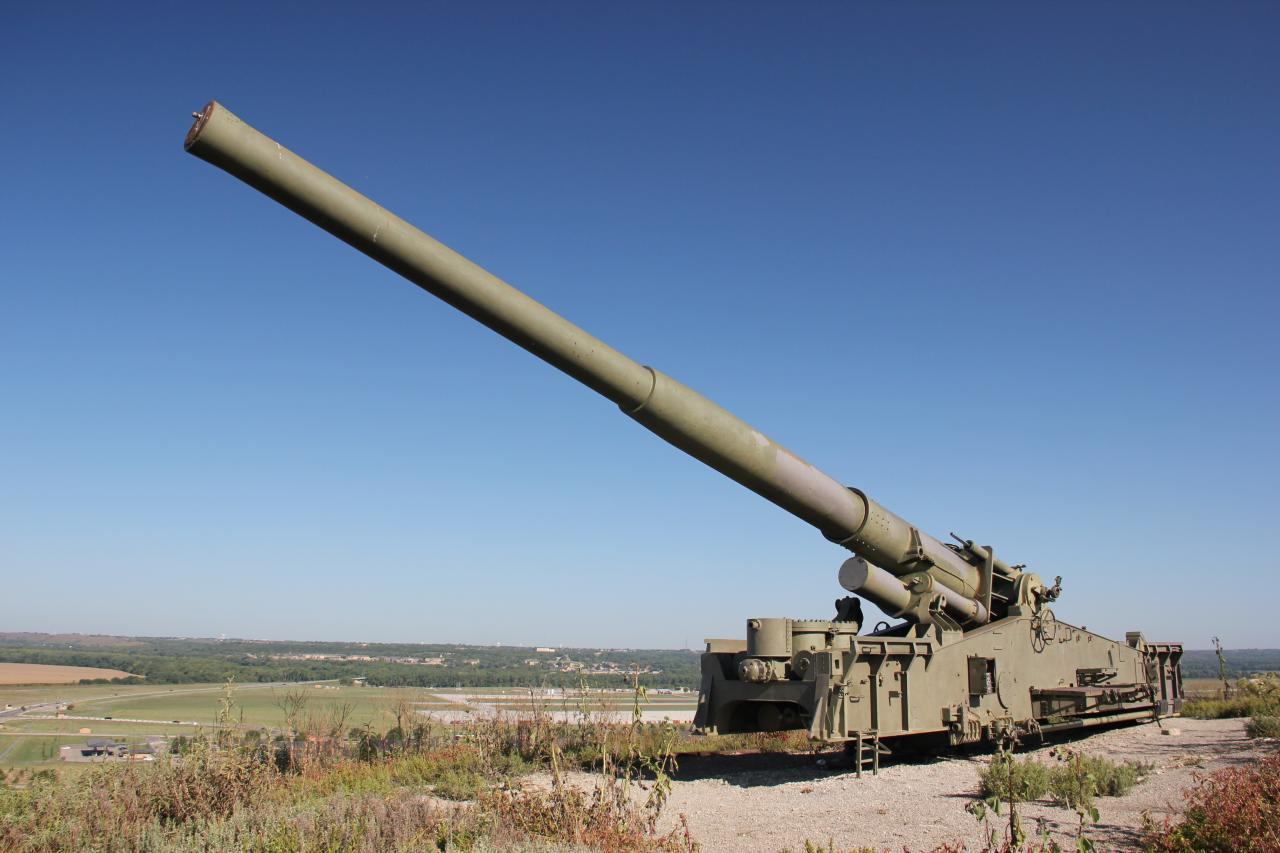
At the beginning of the Cold War, mankind was in a frantic hurry to unlock nuclear power, and America and Russia were engaged in a battle of technology to build ever more powerful and transportable weapons. For the United States Army, that goal took the form of a nuclear-tipped artillery piece. The result was the M65, commonly referred to as “Atomic Annie.” Although it became a symbol of Cold War bravado, the missile itself proved to be more symbolic than practical, an interesting chapter of military testing.

Atomic Annie’s history began in the early post-World War II era, when American engineers were studying German rail guns, specifically the Krupp K5, known to Allied troops as “Anzio Annie.” The challenge was huge: would the destructive force of an atomic bomb be contained in something that ground troops could realistically carry into combat?

Picatinny Arsenal in New Jersey spearheaded the project, and engineer Robert Schwartz created it. He was influenced by the German designs but incorporated a major difference: mobility on roads, not rails, would be critical.

The result was the M65—a marvel of engineering at the time. Measuring 85 feet and weighing more than 170,000 pounds, the huge cannon needed two specially built tractors to transport it and a team of seven to fire it. Its 280mm barrel could fire a nuclear shell up to 20 miles, and for a weapon so large, the gun could be readied for shooting or re-sited in less than half an hour—a task hitherto considered impossible.

Atomic Annie’s size made her impossible to ignore. She rested on a ball-and-socket joint, limiting movement from side to side, and where she did show herself, she was seen. There was even a prototype that appeared dramatically in President Dwight D. Eisenhower’s inauguration parade in 1953, a flesh-and-blood reminder of how quickly the project had progressed.

Her day of reckoning came on May 25, 1953, at the Nevada Test Site during Operation Upshot-Knothole, a series of nuclear tests designed to test new weapons and strategies. The artillery shell, referred to as “Shot Grable,” was the only nuclear explosion ever fired from a gun. Fort Sill, Oklahoma, troops inserted an 11-inch, 800-pound W9 nuclear shell into Annie’s barrel. The gun was fired at 8:30 a.m., and the shell traveled 19 seconds before it burst six miles away, with an explosion that was equivalent to the Hiroshima bomb-like 15-kiloton explosion.

Thousands observed the test, including soldiers and scientists, many involved in drills mimicking conditions of a nuclear attack. The mushroom cloud and shockwave produced were breathtaking, leaving indelible scars on adjacent equipment. The experiment demonstrated that nuclear artillery was technologically feasible—but it was a one-shot experiment.

After this dramatic introduction, the Army purchased about 20 M65 cannons at $800,000 apiece, stationing them all over Europe, Korea, and Okinawa, routinely moving them to keep them from being vulnerable to attack. However, their existence as operational weapons was fleeting.

Soon, technological advancements in reducing the size of warheads enabled atomic shells to be small enough to be used in standard 155mm and 203mm cannon shells, and tactical missiles began replacing heavy cannons. In 1963, Atomic Annie had retired, barely a decade from her sensational introduction.

Atomic Annie’s past was fraught with anomalies. For example, the original test gun and its spare, whose nickname was “Sad Sack,” were inadvertently swapped in early deployments. The mistake remained undetected for a decade before coming to light during preparations to celebrate the tenth anniversary of Shot Grable.

The search for the real Annie, or “AWOL Annie,” ended with her return from Germany to Fort Sill, where she can now be found in the U.S. Army Field Artillery Museum. Still in museums across the United States are other M65s, still and quiet reminders of a fleeting period when the world dallied with the idea of nuclear artillery.

Although she never fired a shot, Atomic Annie remains a reminder of the Cold War’s belligerent experimentation and uncertainty. Her story demonstrates how fast technology was advancing during the nuclear era—once revolutionary, she became obsolete overnight. Historians and military enthusiasts both can learn about the optimism, imagination, and limitations of early Cold War arms from Atomic Annie.
